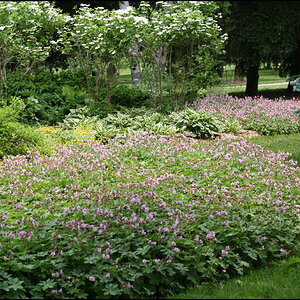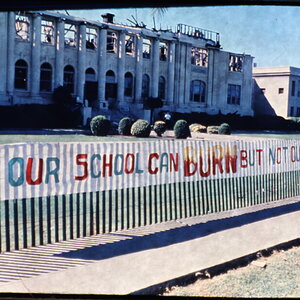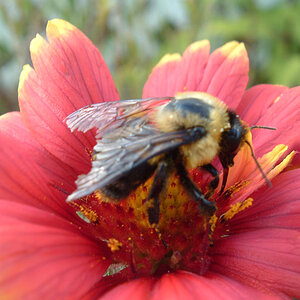chanda95
TPF Noob!
- Joined
- May 23, 2014
- Messages
- 69
- Reaction score
- 20
- Location
- New Mexico
- Can others edit my Photos
- Photos NOT OK to edit
I am trying to improve my skills at portrait photography and am finding it quite a bit of a challenge. My biggest hurdle is taking portraits in the sun but unfortunately my kiddo is a pain and the sun bothers his eyes so I never get a chance to really practice like I want to.
I took these last night under the porch. My goal was to test out different flash settings and figure out the whole bouncing of light and how it helps/hinders a picture.
I meant to bring my camera with me to relay all the settings I used per picture. Sadly - the camera is sitting on my kitchen counter forelorn and forgotten..in terms of technical info I can't provide that until I get home. Pictures taken with the Canon EOS 70D, 18-135mm lense.
I really consider myself a beginner at all of this (new camera and portrait photography)..so would appreciate any comments on what you see that maybe I could have done differently. The only way I will improve and get better is to have help and what better place to get that help than from a bunch of really talented photographers such as yourself!
Anywho..here are the pictures.
OH - Please ignore the dog. Some of the pictures would have been better without him in it but..kids and dogs go together and neither one listens worth a hoot.
I really like a lot of aspects of the three below but the lighting seems a little too harsh maybe (especially the third - the flash was trained right on him in that one instead of offset - all part of the testing and learning process)..but the details seems sharper than the last photo..I think.



And this one was taken the other day (below)..I like it because it feels warmer but it was taken at a different time of day as well. Unfortunately I feel it's lacking a little zip?? Just me? What do you think?

I took these last night under the porch. My goal was to test out different flash settings and figure out the whole bouncing of light and how it helps/hinders a picture.
I meant to bring my camera with me to relay all the settings I used per picture. Sadly - the camera is sitting on my kitchen counter forelorn and forgotten..in terms of technical info I can't provide that until I get home. Pictures taken with the Canon EOS 70D, 18-135mm lense.
I really consider myself a beginner at all of this (new camera and portrait photography)..so would appreciate any comments on what you see that maybe I could have done differently. The only way I will improve and get better is to have help and what better place to get that help than from a bunch of really talented photographers such as yourself!
Anywho..here are the pictures.
OH - Please ignore the dog. Some of the pictures would have been better without him in it but..kids and dogs go together and neither one listens worth a hoot.
I really like a lot of aspects of the three below but the lighting seems a little too harsh maybe (especially the third - the flash was trained right on him in that one instead of offset - all part of the testing and learning process)..but the details seems sharper than the last photo..I think.



And this one was taken the other day (below)..I like it because it feels warmer but it was taken at a different time of day as well. Unfortunately I feel it's lacking a little zip?? Just me? What do you think?

Last edited:



![[No title]](/data/xfmg/thumbnail/36/36399-041c9ebc3a39e89ec8e39243c0d43528.jpg?1619737551)
![[No title]](/data/xfmg/thumbnail/37/37129-2b15d9f6bc8d43c2c1247a6c591d14aa.jpg?1619737884)

![[No title]](/data/xfmg/thumbnail/37/37132-262f6a30f085c3ab6d83925db41b553b.jpg?1619737884)




![[No title]](/data/xfmg/thumbnail/39/39189-22b7e8d8eadc9cc3d7b341bfb336079e.jpg?1619738906)
![[No title]](/data/xfmg/thumbnail/37/37135-37494dce30fd59534347332f715b7f8c.jpg?1619737884)

